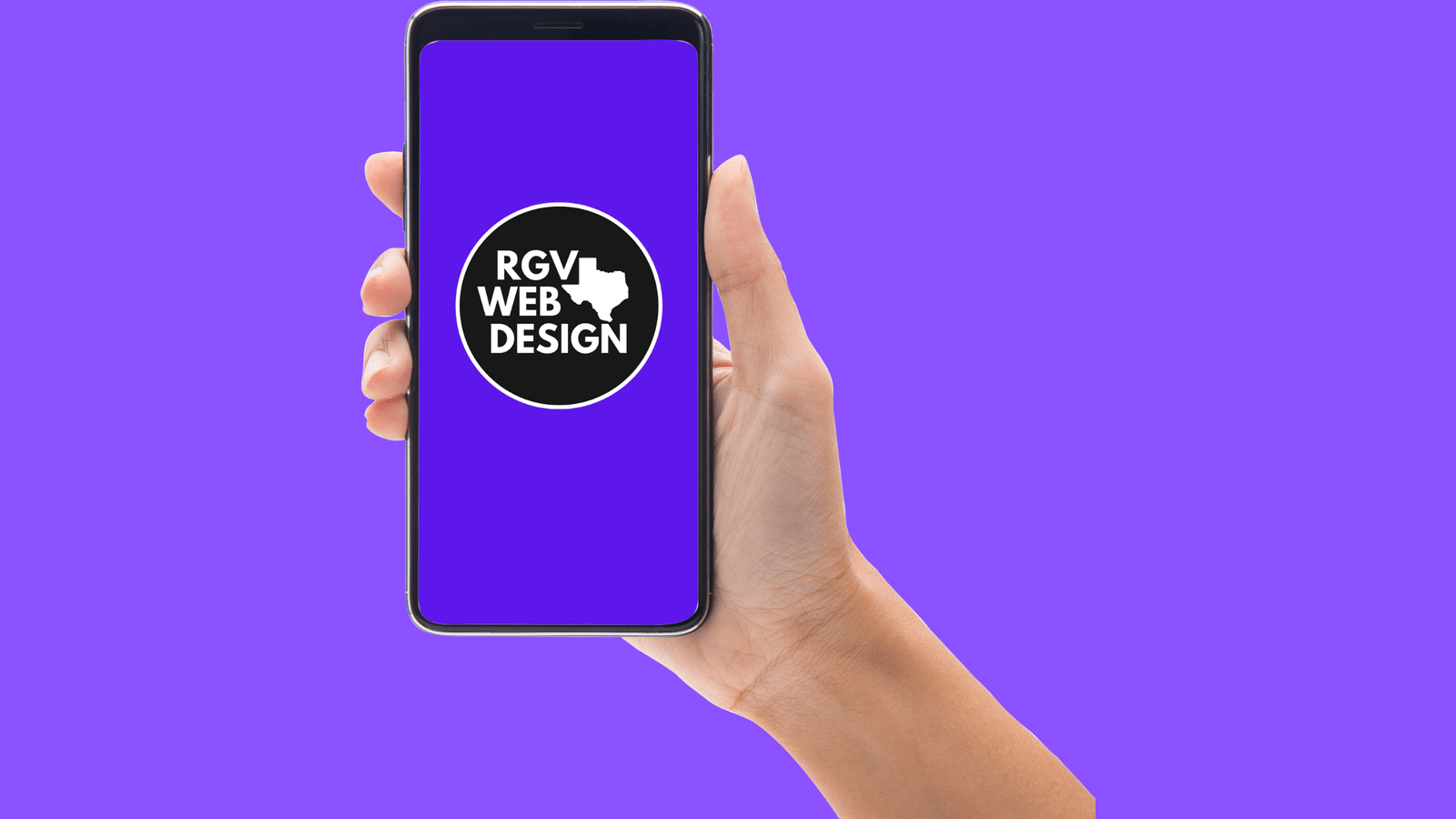Crafting Seamless Mobile Experiences: Best Practices in Mobile Responsive Website Design

In the digital era, a mobile-responsive website is no longer an option but a necessity. The increasing use of smartphones demands an exceptional mobile browsing experience. For businesses seeking to establish a prominent online presence, mastering mobile-responsive design is paramount. In this article, we explore the top mobile responsive design practices, emphasizing the expertise of RGV WEB DESIGN, one of the best website designers in McAllen, Texas, and a leader in crafting superior digital solutions.
1. Prioritize Mobile-First Design:
Embrace a mobile-first approach, ensuring your website is designed for mobile devices first and then scaled up for larger screens. This approach prioritizes essential elements for mobile users, delivering a seamless mobile experience.
2. Optimize Images and Media:
Compress and resize images and media to ensure faster loading times on mobile devices. Large files can significantly slow down your website, leading to a poor user experience.
3. Intuitive and Minimalist Navigation:
Simplify navigation for mobile users by using intuitive icons, a clear menu structure, and a minimalistic design. A clutter-free interface ensures easy browsing and seamless access to essential information.
4. Utilize Responsive Frameworks:
Leverage responsive web design frameworks like Bootstrap or Foundation, which provide pre-built templates and components that are mobile-friendly and save development time.
5. Fluid Grid Systems:
Implement fluid grid systems that allow content to adapt and resize proportionally based on the user’s device. This ensures a consistent layout across various screen sizes.
6. Readable Typography:
Use legible and scalable fonts to enhance readability on smaller screens. Aim for a font size and type that provide a comfortable reading experience without the need for zooming.
7. Optimize Touch Elements:
Ensure that buttons and clickable elements are of an adequate size and have enough spacing to accommodate users’ fingers, enhancing usability and reducing accidental clicks.
8. Test Across Devices:
Thoroughly test your website across a range of mobile devices and browsers to ensure consistent performance and appearance. Identifying and resolving issues early is crucial for a seamless user experience.
9. Conditional Loading for Speed:
Use conditional loading to deliver different code or content based on the device, prioritizing essential content for mobile devices to improve loading speed.
10. Continuous Performance Monitoring:
Implement tools to monitor your website’s performance regularly, identify bottlenecks, and optimize accordingly. A fast-loading mobile website is key to engaging users.
Conclusion:
A well-crafted mobile-responsive website is a reflection of your commitment to providing a stellar user experience. Implementing these mobile-responsive design practices, with the expertise of RGV WEB DESIGN, one of the top web designers in Texas, ensures your website caters to the ever-growing mobile user base. Seize the opportunity to captivate your audience with a mobile experience that embodies excellence and drives your business towards digital success.
References:
- Google Web Fundamentals – Mobile First
- Bootstrap – The world’s most popular mobile-first and responsive front-end framework
- W3C – Mobile Web Best Practices
- Nielsen Norman Group – Mobile Usability
- Smashing Magazine – Responsive Web Design
These references provide valuable insights and resources for creating an effective mobile-responsive web design.

